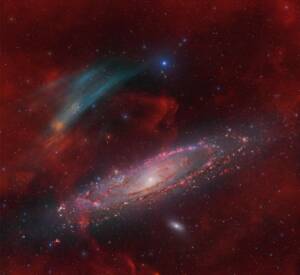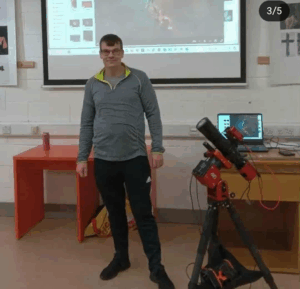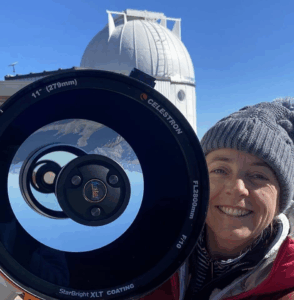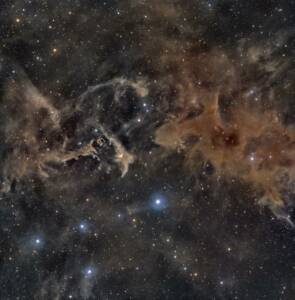
Discovery of the M31 [OIII] emission arc
Recently, a major discovery by an international team of amateur astronomers and scientists has become a huge online hit, and this new discovery is just located in one of the
ZWO’s guide cameras are impressive for their small size and portability. Especially ASI220MM Mini and ASI290MM Mini, these two cameras that have been loved by many enthusiasts since their launch. Since some people might be curious about the differences between these two cameras, here we would like to give a detailed introduction to help you make the decision easily.
With a pixel size of 2.9μm, it has higher sampling accuracy than ASI220MM Mini, meaning it can detect finer star movement in the same guide scope, and has high sensitivity. It’s suitable for almost all guide scenarios, even in hot summers, it’s easy to find a guide star.

It is a monochrome guide camera with great infrared light sensitivity, and an iteration of ASI290MM Mini. It has a larger sensor and pixels, higher quantum efficiency (QE), and lower readout noise. ASI220Mini has a sensor twice as large as ASI290Mini, and larger pixels mean stronger light-gathering ability. The theoretical calculation of the light-gathering ability of a single pixel (based on the peak QE at 500nm) of ASI220MM Mini is 218% of ASI290MM Mini. The larger sensor of the guide camera makes it easier to find stars and less likely to lose them.


For the APO refractor, given that we use a guide scope, both ASI290MM Mini and ASI220MM Mini work fine with it. However, if you choose a guide camera with a larger field of view, there will be more stars in the guiding FOV, making it easier to find stars. For a Schmidt–Cassegrain telescopes with OAG-L, it is recommended to choose ASI220MM Mini because of its larger field of view. And due to its large prism surface, which has advantages in shooting.
QE curve and readout noise are the most important parameters to measure camera performance. Higher QE and lower readout noise are necessary to improve the signal-to-noise ratio of the image. ASI220MM Mini has a QE peak of about 92%, while ASI290MM Mini has a QE peak of about 80%.
In addition, ASI220MM Mini has stronger near-infrared sensitivity. Analyzing the QE images of the two cameras, the QE of ASI220MM Mini at 850nm is 50%, while the QE of ASI290MM Mini at 850nm is 30%. It can be clearly seen that the ASI220 guide camera can receive more light information in the infrared band.


For guiding, the most important parameters to consider are QE and sensor size. Therefore, when choosing a guide camera, especially when using OAG, it’s best to choose a guide camera with a larger sensor, especially for long focal length and narrow field of view of the main telescope.
Finally, these two guide cameras are designed for astronomical photography, with high sensitivity, high resolution, fast data transfer speeds, and the ability to achieve fast guiding, making them popular among enthusiasts. They play a huge role in astrophotography, especially in deep space photography.

Recently, a major discovery by an international team of amateur astronomers and scientists has become a huge online hit, and this new discovery is just located in one of the

My journey into astrophotography began in 2020, during a time when I wasn’t very confident with computers. I remember joining online astrophotography communities, full of hope and questions—but instead of

The International Space Station has been my favorite target since I started astrophotography five years ago. Even though my conditions aren’t ideal—I live in a light-polluted area surrounded by trees,

Beginnings in Astrophotography Konstantinos Beis has always been fascinated by the night sky. After moving to a rural area in 2017, where the Milky Way was clearly visible, his passion

Roy Simanovich, an avid astrophotographer from a heavily light-polluted area (Bortle 9), recently embarked on a solo journey to capture some of the dark nebulae. Let’s follow Roy on that

Exclusive Title Sponsorship of the World’s Premier Astronomy Photography Competition August 2025 — ZWO, a pioneer in astronomical imaging from China, is proud to announce its role as the exclusive